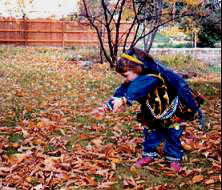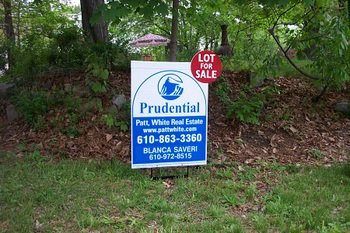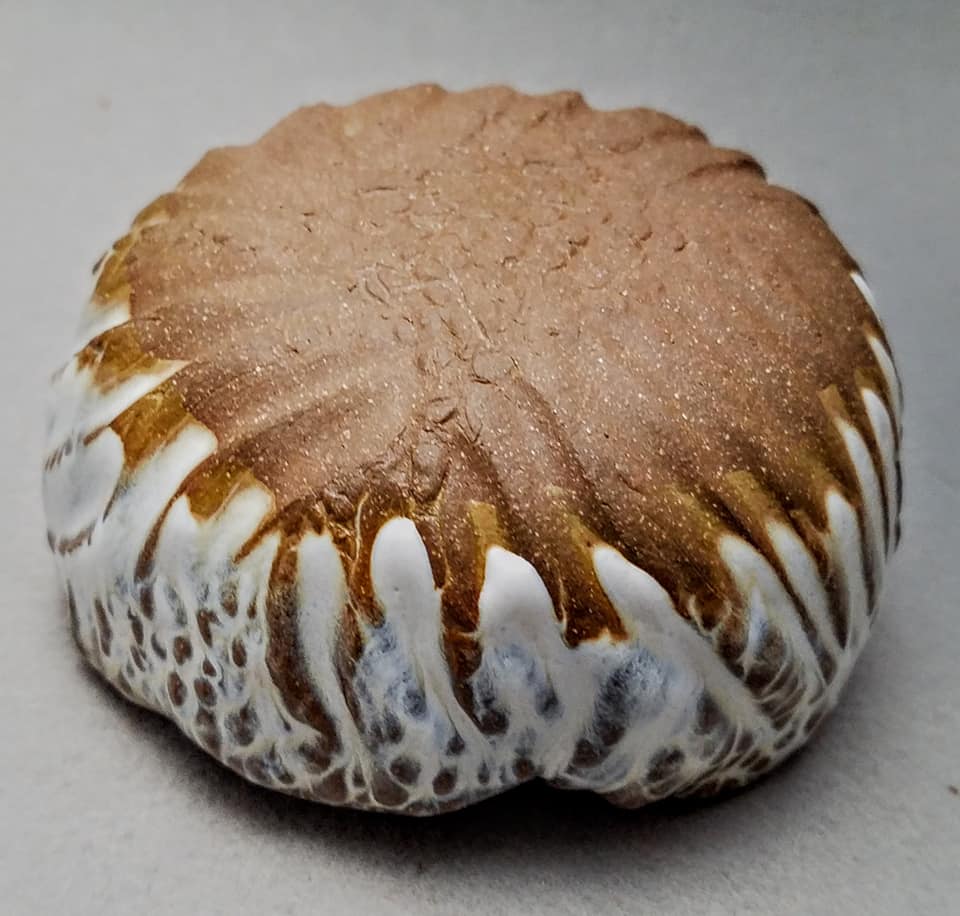Hug a tree this Earth Day and pretend it’s your mom
Social distancing with my mom and dad is hard. We live to embrace one another. This Earth Day, we may not be able to hug our family. The Icelandic Forestry Service recommends hugging trees while we wait.
Since writing the following essay in 2007, I have made a life of my own. I do miss seeing my mom and dad in-person, but fortunately, we are expert tree huggers. This is our story.
Bulldozers destroyed my childhood the morning before my eighteenth birthday. I still regret not running outside and hugging those trees, as my yard was turned into a construction site. Instead, I stood at the window in disbelief.
We used to see it every day — trees torn down to build a house — tractors eating the branches of the leftover stumps. I never completely understood the tree hugger’s despair until my own trees, the trees I had climbed as a kid, were gone. Those trees had held my memories since I ran into their arms at the age of three. And they were slashed in less than an hour.
I blew out eighteen candles while the destruction roared outside our kitchen window. My parents and I decided to get away and treat ourselves to a shopping spree. It was October of 2007, the month of all our birthdays. They bought me the laptop on which I am typing this essay, and we returned to our home a few hours later and found its greenness grey. The grass was dirt. The trees were stumps. My tattered yellow swing was lying on our porch. The raspberry bushes had been eaten by the machines.



Today, where the towering twin oak trees stood in the center of our sideyard is our neighbor’s living room and kitchen. Where my rubber yellow swing swung from one of their branches is a paved driveway, used as a parking lot and basketball court for two gangling high school boys. We got lucky; we have some lovely neighbors on a street filled with some not-so-lovely, rowdy, and narrow-minded residents, but our lovely neighbors will never know what their existence replaced in our eyes.
Our sideyard once had green grass, brown and green oak trees, luscious raspberry bushes, poisonous shiny red berries, and fuzzy red sumac trees. The two largest oak trees in the middle faced toward our half-a-double house. To the right of the other big oak tree was a set of slate steps. Living in the Slate Belt of Pennsylvania, we were never short of slate. As a child, I skipped up and down those steps, dancing around the twin oak trees, teasing the chipmunk who dug his home underneath the top step.



Behind the biggest oak trees sat a bench and a table, which served as a seating area for our many guests. In the front of the yard, to the right of the pillared oak trees were raspberry bushes, which my mother gladly shared with the neighborhood children. An arbor of three skinnier, but equally tall oak trees wrapped around the outside of the yard, harboring us from the hectic traffic from the high school up the street. And in the back was a tree of fuzzy red sumac, surrounded by daisies and daffodils in the springtime, and draped with snow in the winter. Once my neighbor discovered that we put the sumac in our salads, she was convinced that we were a family of witches.
The yard was picturesque, covered in autumn leaves. We always loved sitting outside in October, celebrating our birthdays and Halloween with our closest friends and family. So seeing the trees fall amidst the autumn leaves on the cool ground was a tough image to face on my last morning as a kid.
On my third Halloween, I dressed up in a glittering turquoise Persian costume, assumed to be a genie costume, and danced in the leaves. I smiled at and giggled with my mother, who was dancing with her camera at hand — always with her camera —and my father waving with love in the kitchen window. The green grass and moss felt a little damp beneath my feet, but the dampness was blanketed with the crisp leaves crunching beneath the soles of my mother’s and my shoes as we twirled around in circles. Where we danced is where my neighbors eat their holiday dinners.
My father painted with watercolors outside in the summer of 1998. We sat in the yard, underneath the arbor of the large oak tree on the left. I swung, facing him and his flowing wet paintbrush, as my mother sat on the dark green bench and read a book. All our summers preserved that simple bliss for as long as I can remember.
“We are a family of artists,” my mother repeated underneath the shining sun through the green leaves of the trees. We talked about art and laughed, knowing that we were not the richest with money, but the richest with love for each other and love for our arts. My father showed me how to mix the watercolors without turning a painting into a dripping pile of brown mess. I sat in his lap and painted on a little strip of paper that I later declared a bookmark. Where we sat is where our neighbors watch TV when they wind down after a long day.





On many nights, school nights and weeknights, I caught my mother awake and swinging on the swing. She caught me up at late hours doing the same thing. We would close our eyes and feel the branch waver as we swung higher and higher. After keeping our eyes wide shut, we would open them with a renewed sense of wonder, looking up at the moon and the stars and at each other in a new light. We talked about this and many other things until one of us decided it was time for bed. We talked about the promise of tomorrow and the glimmer of the past. In Summer, we wore shorts and T-shirts and in the winter we wore hats and scarves. Still, we would swing and talk until the weights on our eyes gave in to the night. Where we swung is where our neighbors park their cars shortly after the sun sets.
Living in one of the many half doubles on our street, my mother always used to say how lucky we were to have a big side yard. It gave us privacy. A home away from home.
But we are renters. We rent our half-a-double house, and rented the side yard with it until we switched landlords. Our old landlord refused to sell the yard to our new landlords, as he was hoping to make a bigger chunk of cash from it. And so he did. Apparently trees cut down to build a house are worth more than a green yard full of memories.
Since Columbus Day is right around my mother’s and my birthday in October, the holiday always gave us a three-day-weekend to celebrate together. She insisted on educating me not only on Christopher Columbus, but on the other side of the story, the Native Americans. Where she taught me is where she teaches me today — our living room. I learned at a very young age how the Native Americans value the land’s sacredness. When the Europeans burst into their ways of life, they perplexed the Native societies with their concept of the buying and selling of land. The Native Americans had never “sold” land because land and resources upon it were regarded as home. Even if they built on the land, they did so with respect and did not treat Mother Nature like something with monetary value. She was treated with respect, and they did not compromise her dignity by bringing in gold coins or machines to eat her branches and bushes.
I finally understood what my own mother was trying to teach me when I wanted to eat chocolate cake and celebrate with my friends like a normal kid. I finally understood when I saw my little piece of Mother Nature disrespected as I blew out eighteen candles from a “normal” rectangular chocolate birthday cake. I returned to my dorm room as a legal adult that night, feeling stripped of my childhood. While the memories in our green side-yard will never fade into darkness, the barks of the trees sure did, and it was enough to make me feel sad, but also angry that my family lost that greenness to the greedy hands of our old landlord.


Like many other children, I attended many of my conditional friends’ birthday parties. Quite a few of those parties were at houses larger than ours, and their parents owned their houses. In our youth, we recognize the differences between our households, the houses we live in and the arms that hold us when we wake up from a nightmare. My parents rented a house, while most of my friends’ parents were able to own a house. Other households had clean-cut lawns that have not changed as my friends moved on to high school and college. It was hard to attend those birthday parties and swim in those in-ground pools. I was embarrassed. But now I realize that even after losing my little piece of Mother Nature, I have just as much as they ever did because I have support from my old oak trees, my mother and father.
My parents and I, as renters of our house on our current landlord’s land, do not rent the memories in that house — they are not for sale. The memories in our old sideyard were never for sale, so they do not fade with the destruction of last October. They stay vivid in my family’s mind and vivid on this paper, which, undeniably, was made as a result of another tree demolishing.
Driving the winding roads of the Lehigh Valley from home to school and then back again, I readily see more trees being torn down outside my car window. It makes me wonder what animals made their home in that wilderness before humans decided to build their home in the home of Mother Nature. I wonder what we should all wonder when we see machines eating the branches of trees, the berries of bushes, the innocent flowers whose faces are squashed underneath the violent roaring of a yellow bulldozer. Maybe a couple of green and reckless teenagers shared their first kiss underneath the branches of those trees. Or maybe it was only the boy’s first kiss and not the girl’s. And in six months, their make-out spot will be a toddler’s first room to himself, with a big-boy bed covered with his favorite cartoon. Maybe his dresser will be made of real oak wood from the yard of someone else’s childhood.
But we don’t really think of this when we drive or walk by a construction site. We shrug and maybe hope that the house looks nice and fits in with the rest of the neighborhood.



I’ll always remember the two pillared oak trees in the center of our old yard. They were old when they caught me in their arms, and they were old when their arms were chopped off at the end of their lives. Looking through our family photo albums, our sideyard is the backdrop for the first eighteen years of my life. Behind preschool, birthday parties, concerts, high school, get-togethers with family friends, prom, and graduation stood two strong trees, my parents. Those tall oak trees may be gone now, but no bull-dozer can ever take my parents away from me. Their undying love and support will stay with me long after they are stumps in the ground. I’m grateful for these wise trees.
So every time I hug one of my parents or aunts and uncles, I realize that we are all tree huggers even if we never leave our houses. On my last day as a kid, the greenness in my life was stripped away. And I didn’t even run outside to dance amidst the leaves, or swing from the branches, or hug the trees one last time. Instead, I stayed inside and hugged my parents. As I became a legal adult, I became a tree hugger.


And now I understand the activists who lie on the ground or cling to the tree’s trunks as they prepare to fall to their impending death, sometimes the deaths of both the tree and its lover. Tree huggers live and die for the oxygen in their lungs from the trees that keep them alive in the first place. They live for the moments underneath the green arbor in our lives. We exist to embrace one another, and so I have learned to live for the greenness and the life it brings. And I embrace it; I hug it whenever it comes my way. If that makes me a tree hugger, then I am proud to be one.
Happy Earth Day, Mother. Plan a victory garden to honor all she does for us AND take a picture of yourself hugging a tree! Tag me on Instagram or Facebook with the hashtag #quarantinedtreehugger. Then I’ll repost and follow you. 🙂

No responses yet